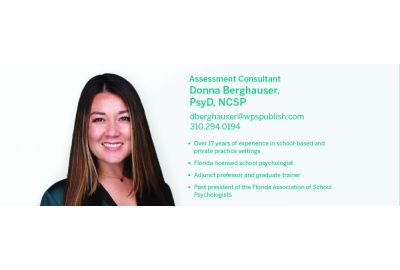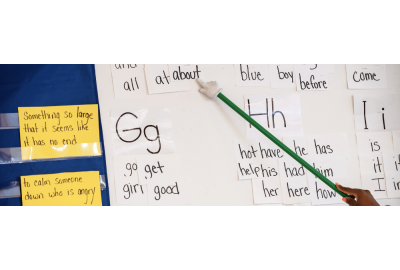AI-powered eye-tracking is transforming early autism screening by detecting subtle gaze-pattern differences in toddlers years before typical identification. Clinicians can use this technology to support earlier referrals, but comprehensive, multidisciplinary evaluation remains essential for accurate diagnosis and effective intervention planning.
blog
-
School psychologist Dr. Donna Berghauser reflects on her own military upbringing and how those experiences inform her support for military-connected students today. Her story offers educators and school-based practitioners insights into fostering belonging, continuity, and cultural sensitivity in schools serving military families.
-
For the 1.6 million children in U.S. military-connected families—many of whom move nine times before high school—those with disabilities face amplified educational disruption. This first-part guide offers insights for educators and practitioners on supporting transitions, sustaining IEPs, and fostering a welcoming school culture for these students.
-
Many girls and women on the autism spectrum are still overlooked for early diagnosis due to gendered stereotypes, subtle symptom presentation, and masking. This article from WPS explains the barriers to timely identification and outlines practical strategies for clinicians, educators and families to better recognise and support them.
-
Adaptive behavior assessments, such as the ABAS®-3, capture essential data on conceptual, social, and practical skills for diagnostic and educational evaluations. In a neurodiversity affirming framework, these measures support strength-based goal setting, intervention planning, and individualized supports across settings.
-
Adaptive behavior assessments, such as the ABAS®-3, capture essential data on conceptual, social, and practical skills for diagnostic and educational evaluations. In a neurodiversity affirming framework, these measures support strength-based goal setting, intervention planning, and individualized supports across settings.













